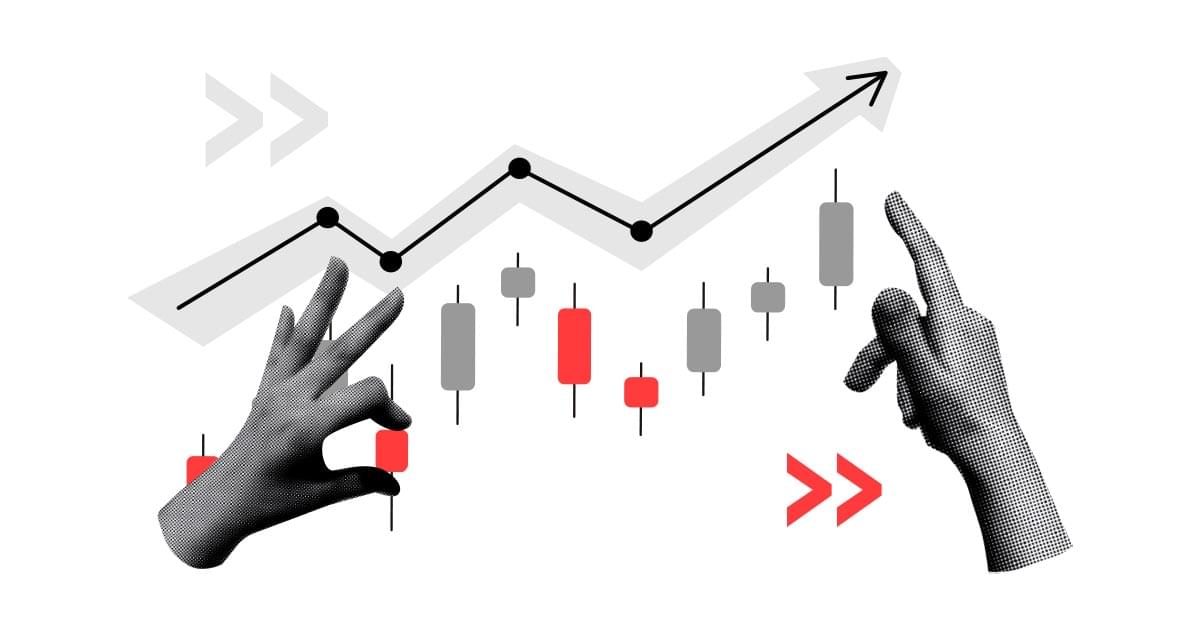It has been a long time since US labor market data stirred up such emotions. It seems that the interest and potential impact on the market stem primarily from the fact that further steps of the Federal Reserve may depend on the condition of the labor market.
The market consensus is that the US economy added 870,000 jobs in July, the fastest pace of job growth in seven months. Investors seem to be expecting such a good result mainly due to the rapid pace of COVID-19 vaccinations, which allowed the U.S. to continue its efforts to reopen the economy and prompted companies to hire more workers in response to growing demand, especially during the summer season.
How long will it take for the 22 million jobs to recover?
The labor market recovery is expected to be supported by an increasing number of people hired to teach in public schools and work in restaurants and hotels, even as COVID-19 cases rise and companies continue to complain about a lack of available workers.
Overall, the U.S. economy lost more than 22 million jobs in March and April 2020 as the COVID-19 crisis forced many companies to close and consumers to stay home. Since then, however, nearly 16 million jobs have been recovered, leaving a shortfall of 6.8 million compared to pre-pandemic levels. Thus, it does not appear that it will be until the summer of 2022 that the U.S. economy will see employment levels as they did in the winter of 2020. This could also correspond with actions by the Fed, which may be planning its first interest rate hike in late 2022 or early 2023.
Data weighs on potential for dollar strengthening
If the data from the U.S. prove to be satisfactory, it could bring market expectations closer to a discussion of scaling back the asset purchase program as early as late August at the central bankers' forum in Jackson Hole. This may also raise the chances of a rate hike at the end of 2022, which in turn could translate into a strengthening of the US currency. The EUR/USD exchange rate seems to have been in a consolidation of 1.1750-1.1900 for the past month. Possible overcoming of the lower barrier could increase volatility in the main currency pair. This one, measured by the ATR indicator for daily data from 14 periods, fell to 49 pips, the lowest value since March 2020.
Daniel Kostecki, Chief Analyst Conotoxia Ltd.
Materials, analysis and opinions contained, referenced or provided herein are intended solely for informational and educational purposes. Personal opinion of the author does not represent and should not be constructed as a statement or an investment advice made by Conotoxia Ltd. All indiscriminate reliance on illustrative or informational materials may lead to losses. Past performance is not a reliable indicator of future results.
77.31% of retail investor accounts lose money when trading CFDs with this provider. You should consider whether you understand how CFDs work and whether you can afford to take the high risk of losing your money.


